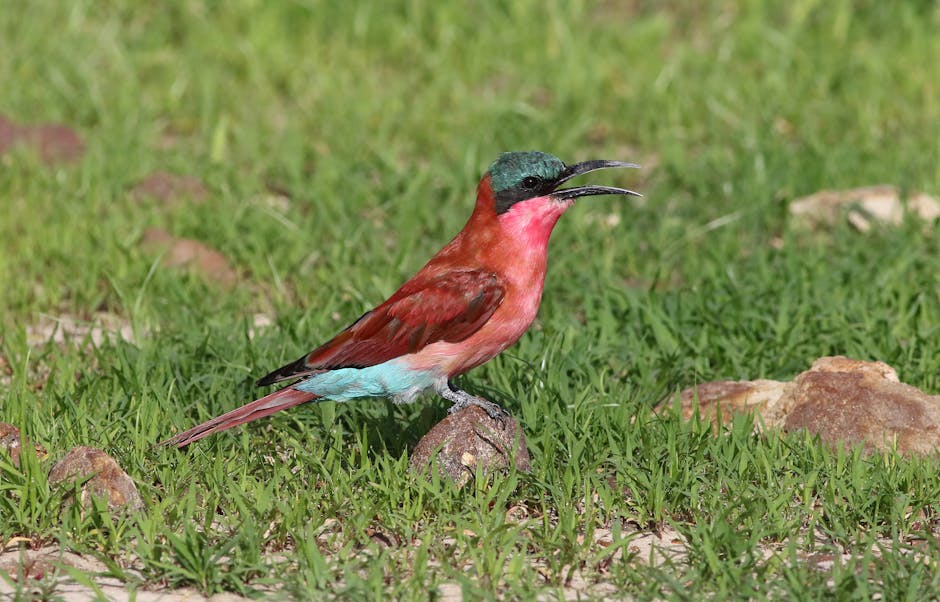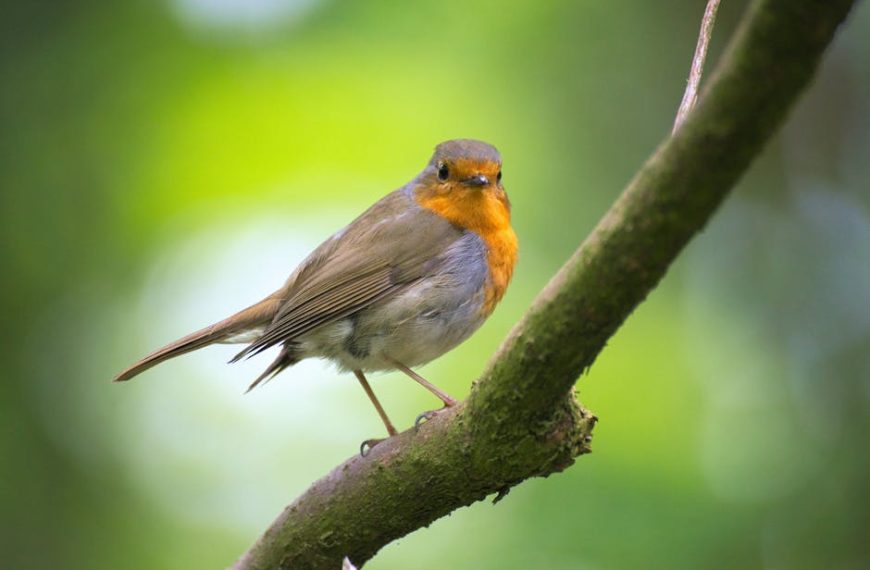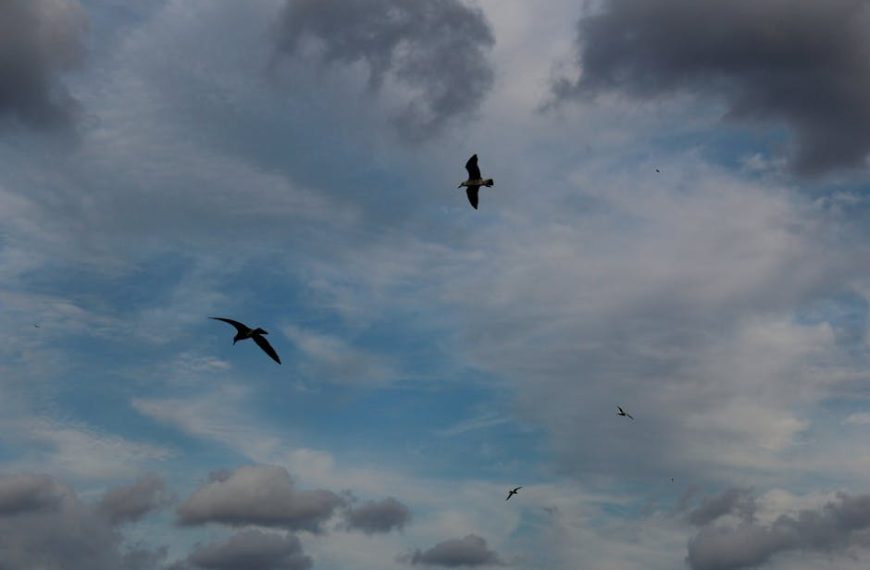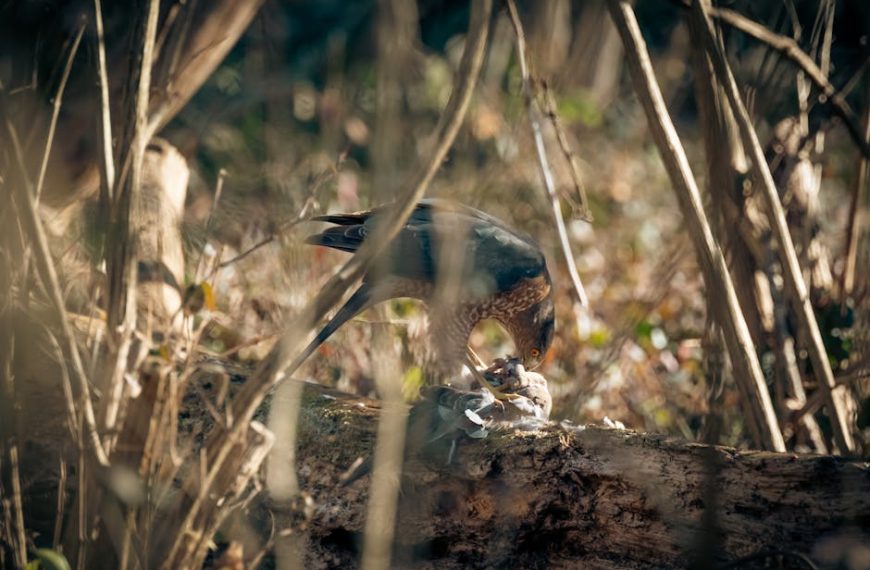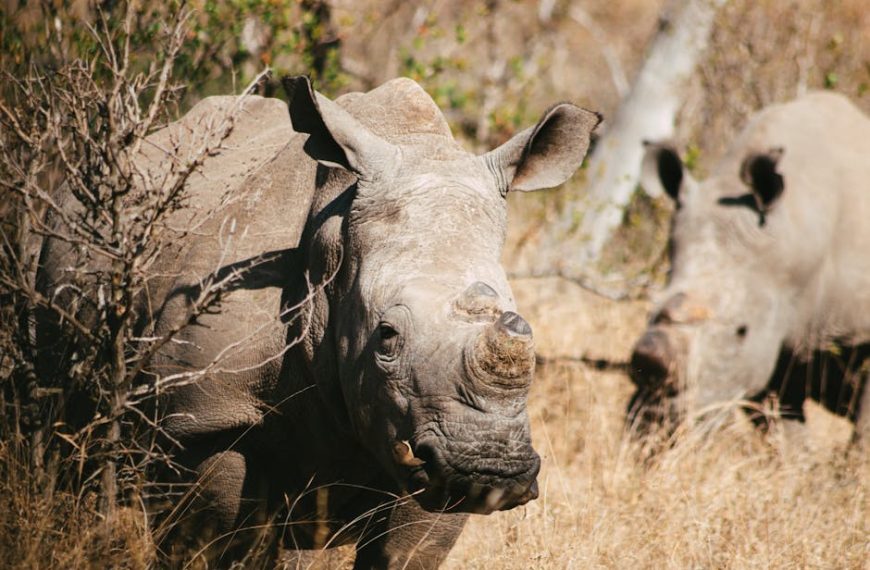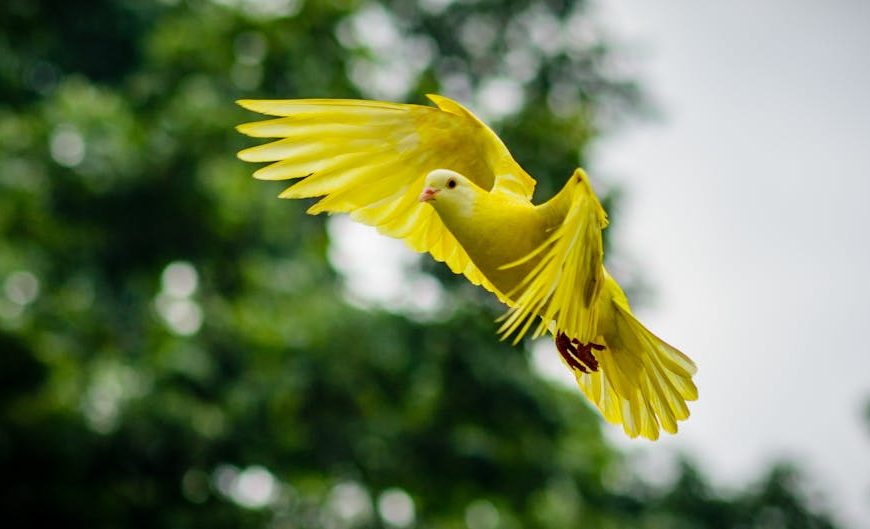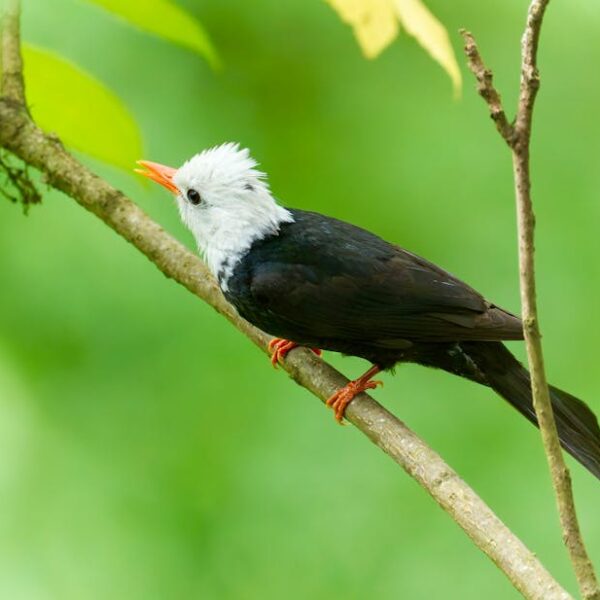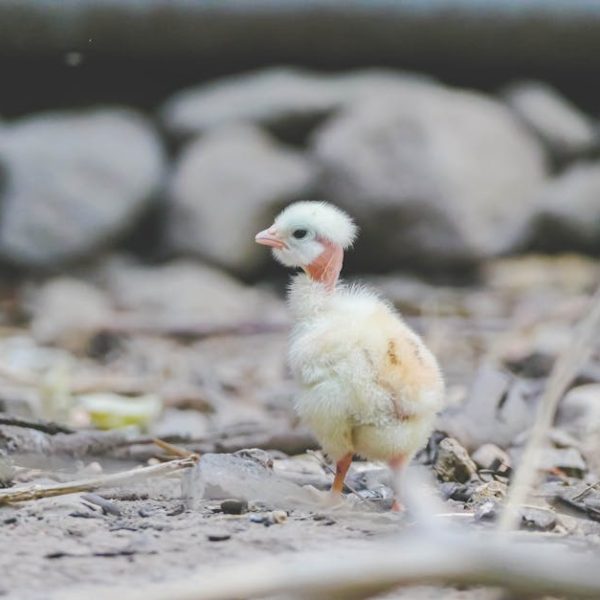When exploring the fascinating world of avian species, the vibrant and agile bee eater bird captures attention with its vivid plumage and acrobatic flying style. Yet, its beauty and charm do not exempt it from the harsh realities of natural predators.
Predators of bee eater birds include an array of species from different classes in the animal kingdom. Each predator exhibits distinctive hunting techniques which influence bee eater bird populations and behaviors. This article will delve into this intriguing predator-prey relationship, focusing on the top predators that pose a significant threat to these captivating birds.
Understanding the Bee Eater Bird
With over 27 species classified under the Meropidae family, bee eaters present a diverse group of birds known for their sleek bodies, elongated tail feathers, and strikingly colorful plumage. As their name suggests, their diet primarily consists of bees and other insects, but their eating habits are not exclusive to these pests.
Honoring their name, bee eaters possess an intriguing arsenal of physical attributes to help them survive their insect-laden diets. They use their sharp, curved beaks to snap up insects in flight, while their unique adaptation of plucking the stinging parts before ingestion protects them from potential harm.
To aid your bird-watching adventure, remember this pro tip: Bee eaters are often recognized by their distinctive, colorful plumage, and their hypnotic, trilling calls that fill the air when in flight or while socializing with their flocks.
The Natural Hierarchy: Bee Eater Birds and Their Predators
The world of bee eaters is not without danger. These birds themselves prey on insects, but they also face potential threats from larger, more powerful predators. Various species from the mammal, bird, and reptile classes include bee eaters in their menu, posing significant challenges to their survival and reproduction.
Predators of bee eaters utilize a myriad of hunting strategies. While aerial predators swoop and dive to snatch them from the sky, ground predators wait patiently for the opportune moment to strike at nesting sites. This predator presence indeed shapes bee eater birds’ behaviors, as they’ve developed remarkable survival skills and group defense mechanisms to increase their survival odds.
The Aerial Predators: Birds of Prey
The skies create a challenging battlefield for bee eaters, as they are often targeted by various birds of prey, also known as raptors. These include species like the powerful and fast peregrine falcon, the agile sparrowhawk, and the formidable crowned eagle.
These predatory birds employ a unique blend of speed, stealth, and surprise to catch these agile bee eaters. For instance, peregrine falcons, known for their blistering speed, take a high-speed stoop from incredible heights to seize unsuspecting bee eaters. On the other hand, sparrowhawks favor a lower, stealthier method, using terrain and vegetation as cover before launching their spring-loaded attack.
Despite the odds, bee eaters aren’t defenseless against these feathered foes. They operate in large flocks, where collective vigilance and mobbing tactics can deter these aerial hunters. The chase in the sky, hence, becomes a thrilling spectacle of evasive maneuvers and strategic strikes.
The Ground Predators: Mammals and Reptiles
The threats to bee eaters are not isolated to the skies; a keen eye will notice lurking dangers close to ground as well. Predators on the ground, including snakes, mongooses, and various kinds of large rats, are always on the prowl to raid bee eater nesting sites.
Reptiles such as monitor lizards and snakes slither their way into the undergrowth and enter the nesting burrows, where they snack on both eggs and chicks. Meanwhile, opportunistic mammals like mongooses and large rats seize the moment when parents are away to sneak into nests and pilfer what they can.
Bee eaters, however, are not entirely naive to these threats. They’ve evolved cooperative breeding behaviors and communal nesting sites, which enrich their defense mechanisms. Group vigilance, alarm calls, and even communal attacks are some strategies in their anti-predator arsenal.
A pro tip for wildlife enthusiasts: regions renowned for rich biodiversity, particularly those with heavy undergrowth or burrowing landscapes, are more likely to harbor these ground predators.
Effect of Predation on the Bee Eater Bird Population
Predation undeniably shapes the biological and behavioral landscape of bee eater birds. It acts as a natural control over their population, maintaining an ecological balance. However, despite these predators’ existence, bee eaters are not currently considered an endangered species, thanks to their remarkable survival tactics and adaptable nature.
Research suggests that different types of predators impact the bee eater bird population in distinct ways. While aerial predators often target adult birds, ground-based predators tend to focus more on raiding nests and eating eggs or chicks. Despite the presence of these threats, bee eaters have successfully maintained their population numbers with their protective behaviors and group-oriented survival strategies.
In an effort to protect these vibrant birds from excessive predation and other threats such as habitat destruction, organizations and researchers are implementing various conservation methods. These include habitat preservation, controlling overzealous predatory populations, and educating the public about the critical role these colorful birds play in our ecosystems.
Conclusion
The natural world is a constant dance of predator and prey, a dynamic that shapes and molds species over the course of millennia. The bee eater bird, while a predator in its own right, also finds itself on the menu of various other predators. However, as we’ve discovered, this bird is anything but a helpless victim.
While they continue to face threats on multiple fronts, their remarkable adaptations and survival strategies reflect the resilience of nature. Their vibrant feathers not only fill our world with color but illustrate that survival isn’t just black and white – sometimes, it’s a rainbow.
Key Takeaway:
- Bee eaters are fascinating birds that display remarkable skills and adaptation tactics against various predators, both in the air and on the ground.
- Bee eaters’ predators, ranging from birds of prey to ground animals like mongooses and large rats, greatly influence the way these birds behave and survive.
- While predators do pose a significant challenge, bee eaters have developed various group-oriented and individual survival strategies to minimize risks.
- Conservation methods are being implemented to protect bee eaters from excessive predation and other threats.
Rest assured, nature is full of resilience. As we explore the intriguing dynamics between bee eater birds and their predators, we realize that these vibrant birds are not just prey. They are dynamic beings with robust survival strategies. Keep this in mind the next time you spot a bee eater, and remember that every creature plays a unique role in our ecosystem.
FAQs
Q: What is the average lifespan of a bee eater bird?
A: Their lifespan varies depending on the species and environmental factors. On average, bee eaters can live for up to 10 – 12 years in the wild.
Q: Apart from bees, what other insects do bee eaters feed on?
A: Bee eaters have a diverse diet that includes various insects such as butterflies, moths, dragonflies, and beetles, to name a few.
Q: How widespread is the distribution of bee eaters around the globe?
A: Different species of bee eaters can be found throughout Africa, Asia, and Europe, and even as far as Australia.
Q: Are bee eaters social birds?
A: Yes, bee eaters are very social birds. They often form large colonies, nesting close to each other, and participating in communal activities.
Q: How often do bee eaters reproduce?
A: Depending on the species, bee eaters typically breed once a year, but this can vary based on environmental factors such as climate and food availability.
Share this article to spread the knowledge and love for nature. Explore more posts on our website to delve deeper into the captivating world of wildlife.
